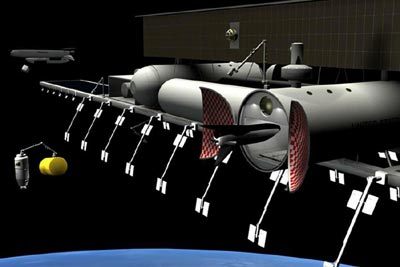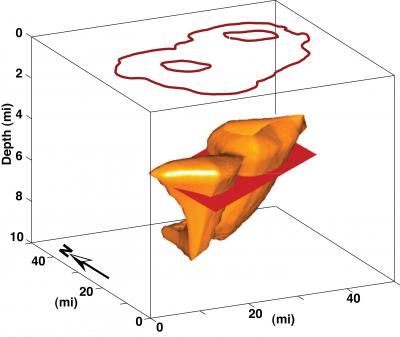Jan 2, 2008
The Enlightenment Strikes Back
Posted by Matt McGuirl in categories: complex systems, futurism, geopolitics, lifeboat, nanotechnology, open access, sustainability
In a recent conversation on our discussion list, Ben Goertzel, a rising star in artificial intelligence theory, expressed skepticism that we could keep a “modern large-scale capitalist representative democracy cum welfare state cum corporate oligopoly” going for much longer.
Indeed, our complex civilization currently does seem to be under a lot of stress.
Lifeboat Foundation Scientific Advisory Board member and best-selling author David Brin’s reply was quite interesting.
David writes:











